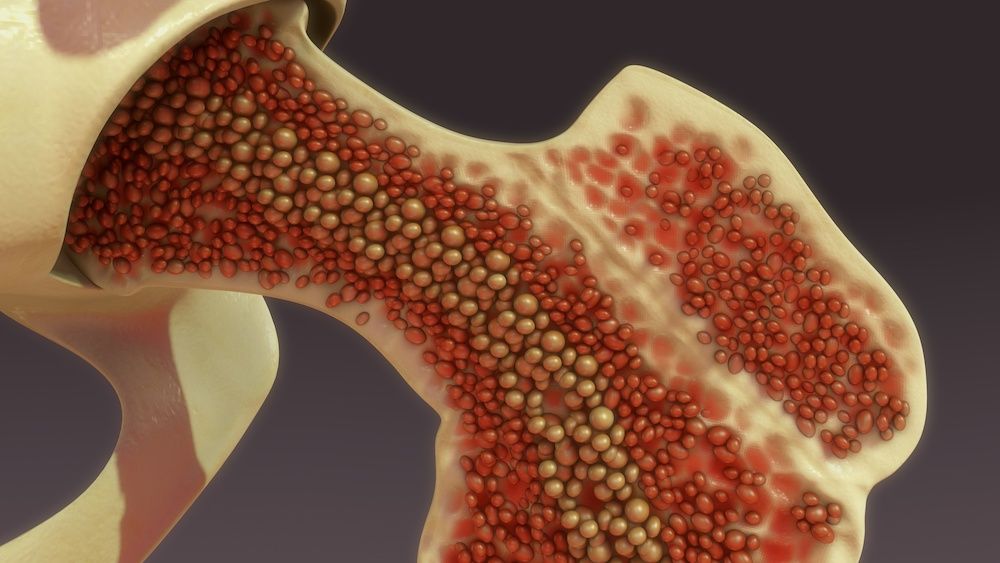Understanding Blood and Bone Marrow
When Elizabeth Griffiths, MD, Director of MDS, Department of Medicine, wants to help her patients understand myelodysplastic syndromes (MDS), she typically starts by telling them to think of their blood as a grocery store and their bone marrow as a farm. What if you entered the grocery store, but there wasn’t enough food stocked? There are two reasons this could happen. One, a thief could be on the road stealing food off the truck as it’s on its way from the farm to the store. The second reason could be that there is something wrong with the farm – perhaps it’s empty, overgrown with weeds, or there is something poisoning the food and making it deformed.
Before being diagnosed with MDS, we need to find out why the patient has a low blood cell count – why is the grocery store understocked? It could be caused by:
- A loss or lack of blood (for example, anemia or bleeding in the GI tract). This would be like the thief stealing food off the truck on its way to the grocery store.
- A problem in the bone marrow. This would mean something is wrong with the farm.
To rule out the first option, we use a blood test to examine the building blocks of blood – micronutrients like copper, iron and B-12. Additionally, we look for a deficiency of a hormone or a decrease in production of thyroid hormones. All of these things would require a different diagnosis and treatment. If all the building blocks are normal, we do a bone marrow biopsy.
Never miss another Cancer Talk blog!
Sign up to receive our monthly Cancer Talk e-newsletter.
Sign up!Diagnosing MDS

In MDS, when we look inside the bone marrow, we see many cells (the farm is full), but those cells are not being born correctly (the food is deformed). The cells aren’t growing in an organized way and are ineffective at getting into the blood. Sometimes we also see an excess of young looking cells that don’t function properly – these are called blasts. Blasts are like weeds. They take up space but don’t produce any food.
In order to be diagnosed with MDS, you must have ruled out other options and have:
- Low blood counts for a period of 3 months (an understocked grocery store).
- Abnormal cells, called dysplasia, in your bone marrow (deformed food at the farm).
- Less than 20% blasts in the bone marrow (the farm is less than 20% weeds). Having more than 20% blasts is considered Acute Myeloid Leukemia (AML).
Is MDS Cancer?
Yes, Myelodysplastic Syndromes are a type of slow-growing leukemia. But, while most cancers have stages, MDS is a little different. Physicians use an International Prognostic Scoring System to determine an MDS patient’s risk of developing Acute Myeloid Leukemia, based on factors like the blood cell count levels and blast percentage, and each will require a different treatment. Lower-risk MDS patients may only need antibiotics and follow-up care, while higher risk levels may require specific types of chemotherapies that increase blood cell count and decrease blasts.
Dr. Griffiths continues to research new treatments and therapies, including a study I currently have underway exploring a potential immunotherapy vaccine for MDS.


